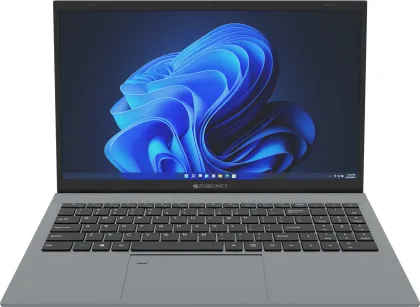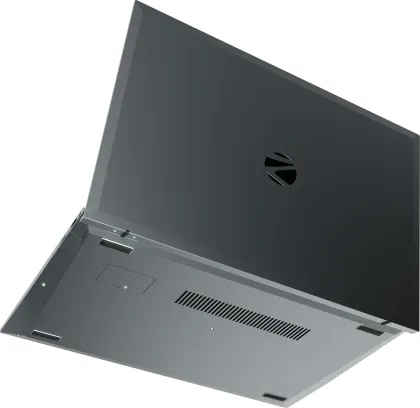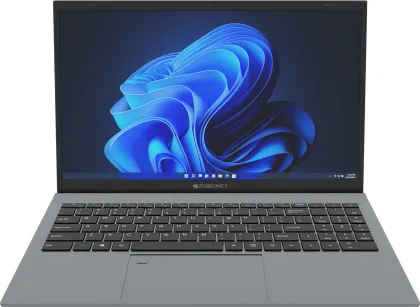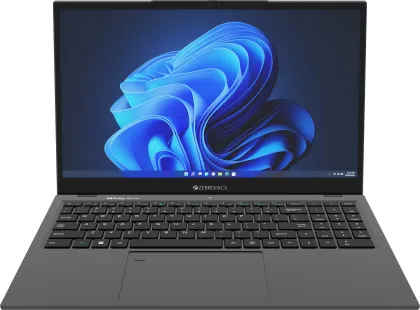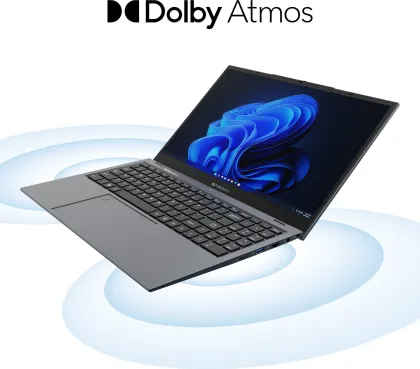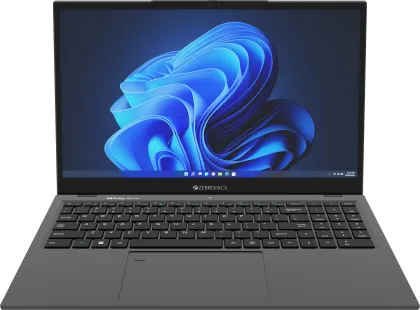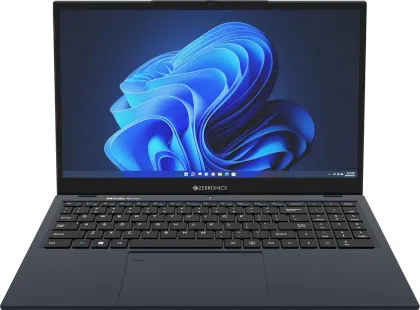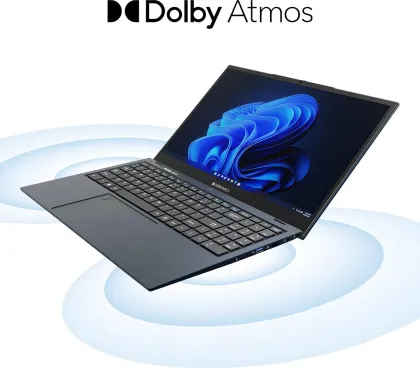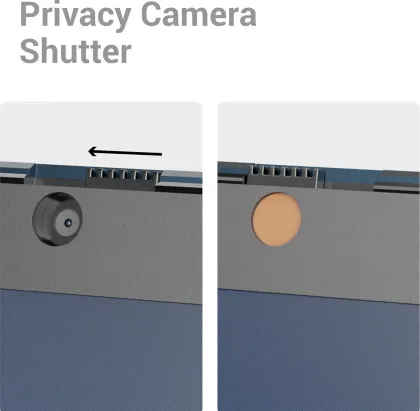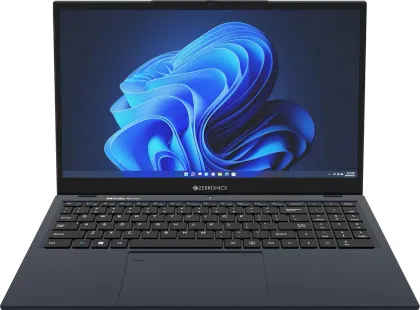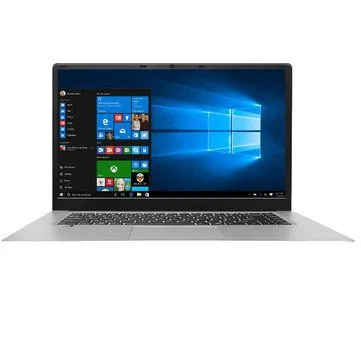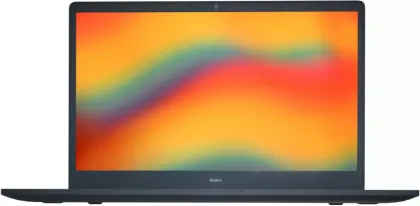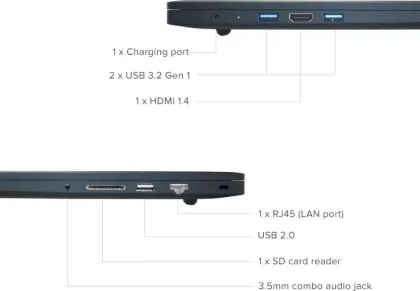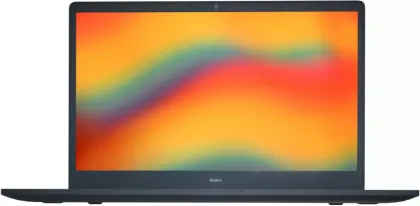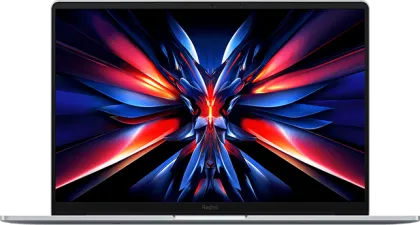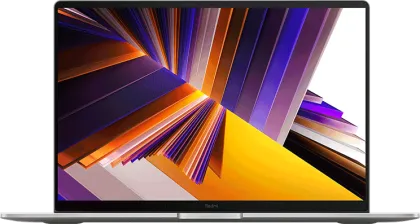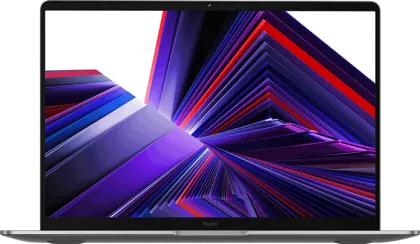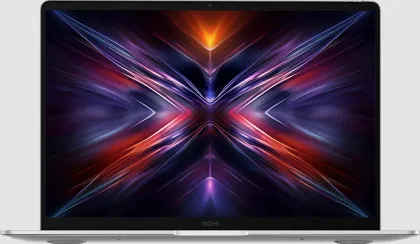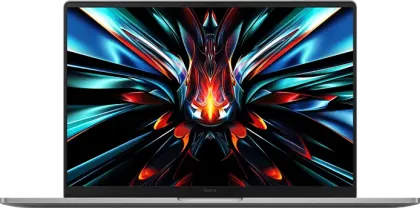Best Laptops Under 75000
If you’re shopping for a laptop under 75000, chances are you’re looking for a reliable machine that balances performance, portability, and battery life without breaking the bank. Whether you’re a student, a working professional, or just need a secondary device, this price segment now offers impressive value thanks to advancements in integrated graphics, SSDs, and energy-efficient CPUs.
Zebronics ZEB-NBC 2S 2023 Laptop (11th Gen Core i5 / 8GB/ 512GB SSD/ Win11 Home) price in India starts from ₹48999. Take a look at Zebronics ZEB-NBC 2S 2023 Laptop (11th Gen Core i5 / 8GB/ 512GB SSD/ Win11 Home) detailed specifications and features
Zebronics ZEB-NBC 5S 2023 Laptop (12th Gen Core i7 / 16GB/ 1TB SSD/ Win11 Home) price in India starts from ₹41990. Take a look at Zebronics ZEB-NBC 5S 2023 Laptop (12th Gen Core i7 / 16GB/ 1TB SSD/ Win11 Home) detailed specifications and features
Zebronics Pro Series Z ZEB-NBC 4S Laptop (12th Gen Core i5/ 16GB/ 512GB SSD/ Win11 Home) price in India starts from ₹62999. Take a look at Zebronics Pro Series Z ZEB-NBC 4S Laptop (12th Gen Core i5/ 16GB/ 512GB SSD/ Win11 Home) detailed specifications and features
YEPO 737G Laptop (Intel Cherry Trail x5-Z8350/ 4GB/ 64GB/ Win10) price in India starts from ₹15357. Take a look at YEPO 737G Laptop (Intel Cherry Trail x5-Z8350/ 4GB/ 64GB/ Win10) detailed specifications and features
Xiaomi RedmiBook Pro 15 Laptop (11th Gen Core i5/ 8GB/ 512GB SSD/ Win11) price in India starts from ₹33999. Take a look at Xiaomi RedmiBook Pro 15 Laptop (11th Gen Core i5/ 8GB/ 512GB SSD/ Win11) detailed specifications and features
Xiaomi Redmi Book Pro 14 2024 Laptop (Intel Core Ultra 5/ 16GB/ 512GB SSD/ Win 11) price in India starts from ₹59990. Take a look at Xiaomi Redmi Book Pro 14 2024 Laptop (Intel Core Ultra 5/ 16GB/ 512GB SSD/ Win 11) detailed specifications and features
Xiaomi Redmi Book 16 2024 Laptop (13th Gen Core i5/ 16GB/ 512GB SSD/ Win 11) price in India starts from ₹52990. Take a look at Xiaomi Redmi Book 16 2024 Laptop (13th Gen Core i5/ 16GB/ 512GB SSD/ Win 11) detailed specifications and features
Xiaomi Redmi Book 14 2024 Laptop (13th Gen Core i5/ 16GB/ 512GB SSD/ Win 11) price in India starts from ₹49990. Take a look at Xiaomi Redmi Book 14 2024 Laptop (13th Gen Core i5/ 16GB/ 512GB SSD/ Win 11) detailed specifications and features
Xiaomi Redmi Book 14 (2025) Refreshed Edition Laptop (13th Gen Core i5/ 16GB/512GB SSD/ Win11) price in India starts from ₹40990. Take a look at Xiaomi Redmi Book 14 (2025) Refreshed Edition Laptop (13th Gen Core i5/ 16GB/512GB SSD/ Win11) detailed specifications and features
Xiaomi Redmi Book 16 2025 Laptop (Intel Core Ultra 5 Series 2/ 32GB/ 1TB SSD/ Win 11) price in India starts from ₹64990. Take a look at Xiaomi Redmi Book 16 2025 Laptop (Intel Core Ultra 5 Series 2/ 32GB/ 1TB SSD/ Win 11) detailed specifications and features

